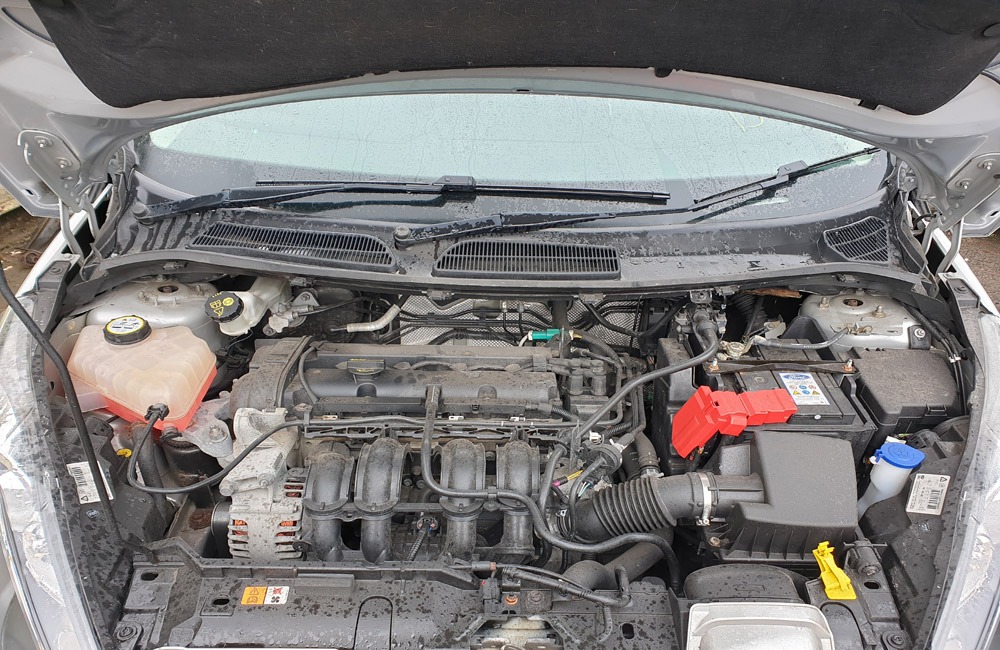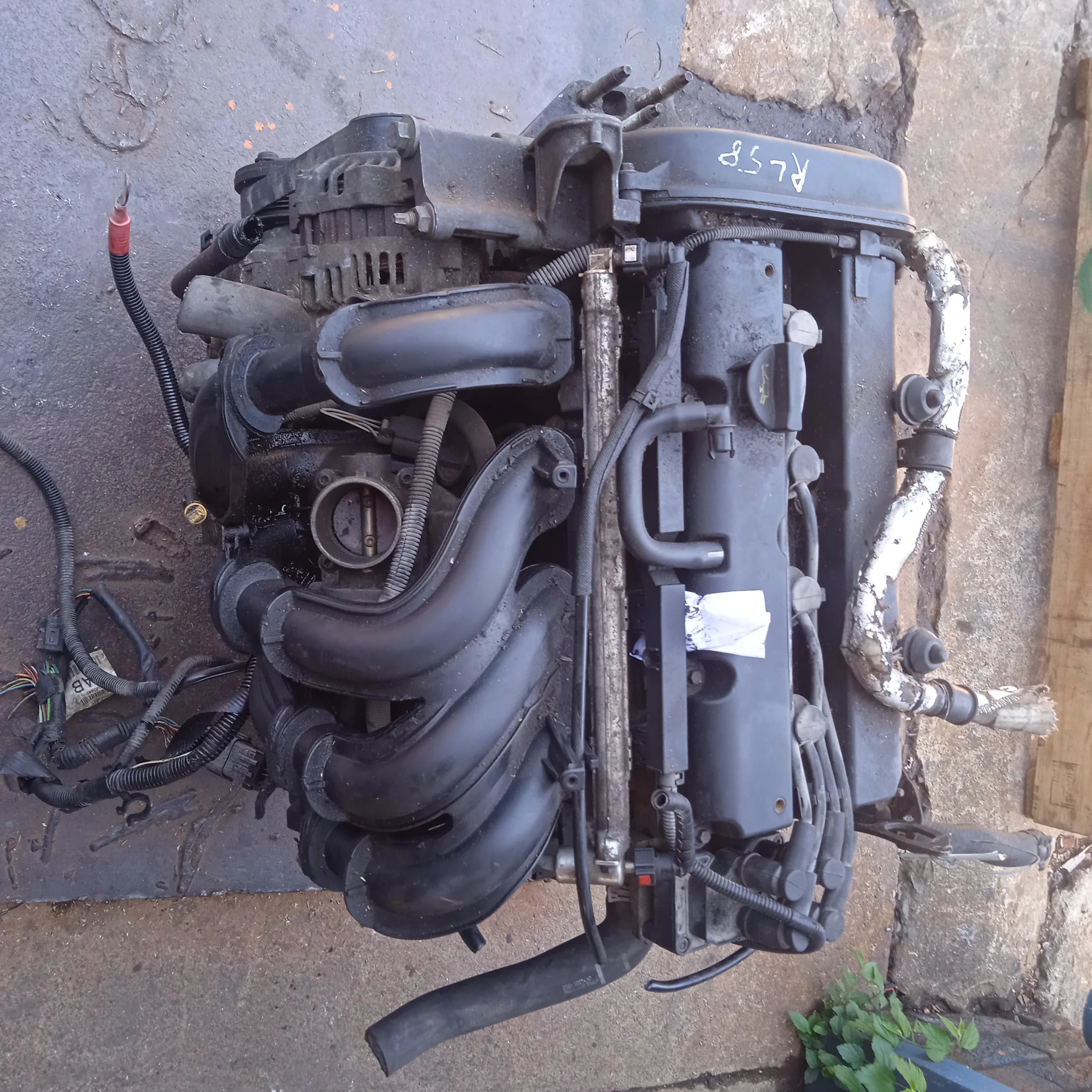Upgrade Your Ford Fiesta Engine for Better Fuel Economy and Power
Upgrade Your Ford Fiesta Engine for Better Fuel Economy and Power
Blog Article
Exploring the Advancement of Engines: From Traditional Layouts to Modern Marvels
From the preliminary steam engines that powered the Industrial Transformation to the development of interior burning engines that transformed wheelchair, each phase has actually added to greater efficiency and capability. As we check out these milestones, one must think about exactly how the future of engine design may unravel, challenging our perceptions of power and performance.
The Birth of Engine Innovation
The development of engine technology marked a turning point in human innovation, transforming power conversion and transportation. The earliest engines emerged from the requirement to harness mechanical power for useful use, bring about the development of gadgets that converted different energy kinds right into movement. The idea of the engine can be traced back to ancient human beings, where simple equipments, such as the waterwheel and windmill, used natural forces to do job. Nevertheless, it was during the late 17th and early 18th centuries that significant advancements began to emerge.
The development of the inner burning engine and the creation of the vapor engine militarized an extensive change in industrial capabilities. These engines not only boosted efficiency however likewise broadened the extent of human movement, enabling unprecedented transport opportunities. The very early prototypes laid the groundwork for the mechanical globe, promoting the surge of industries and improving societal frameworks.
As engine layouts progressed, they incorporated innovative products and progressed design concepts, leading the means for modern-day growths - ford fiesta engine. The birth of engine innovation sparked a ruthless search of efficiency and power, establishing the stage for the vibrant advancement of transportation and commercial machinery that would certainly comply with
Steam Engines and Their Impact

The steam engine's effect was particularly noticeable in the transportation market (ford fiesta engine). Steam-powered engines facilitated the rapid activity of products and people throughout substantial distances, effectively reducing the geographical barriers that had previously impeded profession and communication. In a similar way, steamships transformed marine traveling, permitting quicker and much more trustworthy crossings of oceans and rivers.
In sector, steam engines powered manufacturing facilities, making it possible for mass manufacturing and the surge of city facilities as hubs of economic activity. Heavy steam innovation promoted innovations in design and manufacturing processes, laying the groundwork for future developments in engine layout.
The Rise of Internal Combustion
Regularly overshadowing heavy steam power, the rise of interior combustion engines marked a transformative change in transportation and market throughout the late 19th and very early 20th centuries. The development of these engines, characterized by their ability to burn fuel within the engine itself, enabled higher effectiveness and power compared to standard steam engines. Introducing creators such as Nikolaus Otto and Rudolf Diesel played vital duties in developing engine styles, leading to extensive adoption in vehicles, watercrafts, and industrial equipment.
The inner burning engine's small size and reasonably lightweight nature promoted the appearance of personal cars, changing private movement and reshaping city landscapes. By making it possible for faster travel and the efficient transportation of items, these engines catalyzed economic development and promoted globalization. The flexibility of gas options, consisting of fuel and diesel, further improved their appeal, enabling diverse applications across different markets.
In spite of the ecological worries that would later on occur, the first appeal of interior burning modern technology lay in its transformative capacity. As society embraced this advancement, the foundation was laid for modern transport systems, developing inner burning engines as a keystone of commercial advancement and day-to-day live throughout the 20th century.
Developments in Engine Performance
As interior burning engines became essential to transportation and market, the focus changed towards improving their performance to fulfill expanding needs for efficiency and sustainability. Innovations in engine style, material scientific research, and technology have actually click reference substantially added to this development.
One significant advancement is the development of turbocharging, which permits for boosted air consumption, resulting in even more full gas combustion and boosted power outcome without enlarging engine dimension. Furthermore, variable shutoff timing systems have been executed to maximize engine performance across various RPM arrays, therefore boosting gas effectiveness.
The use of advanced gas shot technologies, such as straight shot, has likewise played an essential duty. This approach permits more exact control over the fuel-air combination, promoting far better combustion and lowering emissions. Furthermore, lightweight materials, consisting of aluminum and composite components, have been embraced to decrease general engine weight, resulting in enhanced efficiency.
These improvements mirror a broader trend within the automobile sector, where the harmony between design development and ecological considerations drives the ongoing quest for higher performance in internal combustion engines. Therefore, contemporary engines are currently more effective, cleaner, and effective than ever, leading the way for a more lasting future in transportation.
The Shift to Electric Power
With expanding problems over environmental impact and nonrenewable fuel source reliance, the automotive industry is experiencing a significant shift in the direction of electrical power. This transition is driven by a mix of technical improvements, governing stress, and transforming consumer preferences. Electric automobiles (EVs) provide a compelling option to standard inner combustion engines, flaunting reduced greenhouse gas discharges and reduced operating expense.
The surge of battery modern technology has actually been a game changer, with lithium-ion batteries coming to be extra cost-effective and effective. Improved power density and faster charging abilities have actually made EVs extra functional for day-to-day use. Moreover, governments worldwide are implementing motivations and establishing enthusiastic targets for phasing out nonrenewable fuel source vehicles, consequently accelerating the adoption of electrical power.
Significant automakers are spending heavily in r & d, resulting in the introduction of a diverse series of electrical models. This includes not just auto yet additionally commercial vehicles and public transport services. As charging facilities expands and battery modern technology remains to boost, the shift to electrical power is poised to improve the vehicle landscape, advertising sustainability and technology in the years to find. The future of transport is electrical, and the momentum is indisputable.
Conclusion
The evolution of engine technology stands for a significant trajectory of innovation that has exceptionally affected transportation and sector. From try this site the foundational heavy steam engines to the transformative inner combustion engines, each growth has contributed to enhanced wheelchair and financial development.

Report this page